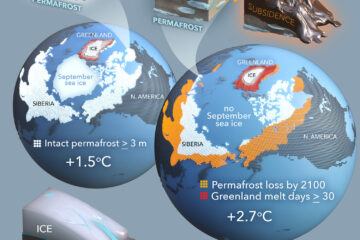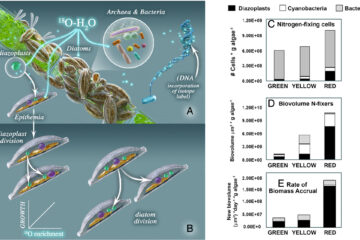Litter quality, stream characteristics and litter diversity influence decomposition rates and macroinvertebrates
1. We examined the relative importance of litter quality and stream characteristics in determining decomposition rate and the macroinvertebrate assemblage living on autumn- shed leaves.
2. We compared the decomposition rates of five native riparian tree species (Populus fremontii, Alnus oblongifolia, Platanus wrightii, Fraxinus velutina and Quercus gambelii) across three south-western streams in the Verde River catchment (Arizona, U.S.A.). We also compared the decomposition of three- and five-species mixtures to that of single species to test whether plant species diversity affects rate.
3. Decomposition rate was affected by both litter quality and stream. However, litter quality accounted for most of the variation in decomposition rates. The relative importance of litter quality decreased through time, explaining 97% of the variation in the first week but only 45% by week 8. We also found that leaf mixtures decomposed more quickly than expected, when all the species included were highly labile or when the stream environment led to relatively fast decomposition.
4. In contrast to decomposition rate, differences in the invertebrate assemblage were more pronounced across streams than across leaf litter species within a stream. We also found significant differences between the invertebrate assemblage colonising leaf mixtures compared with that colonising pure species litter, indicating non-additive properties of litter diversity on stream invertebrates.
5. This study shows that leaf litter diversity has the capacity to affect in-stream decomposition rates and stream invertebrates, but that these effects depend on both litter quality and stream characteristics.


